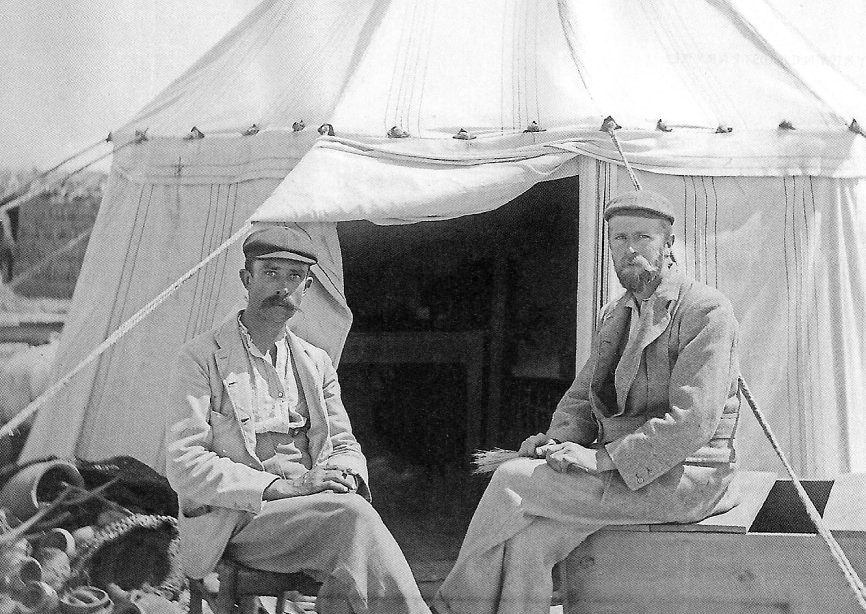In 1945, a treasure trove of ancient wisdom surfaced from Egyptian soil, sparking conversations and debates that continue to this day. Known as the Nag Hammadi Library, this collection of thirteen leather-bound codices provides a glimpse into early Christian mysticism, philosophy, and forbidden knowledge.
A Fortuitous Discovery
Hidden for over 1500 years, a local farmer, Mohammed Ali al-Samman, discovered the Nag Hammadi texts in a glass jar. These volumes include a wide range of works like the complete Gospels of Thomas, Philip, and Mary Magdalene and early translations of parts of Plato’s Republic. Written primarily in Coptic, they offer unique perspectives on the resurrection of Jesus, Valentinianism, and other early Christian thought.
Validating the Texts
Each codex contains several stories or tractates, ranging between 34 and 149 pages. Scholars have authenticated many of these by cross-referencing quotations from early Latin, Greek, and Coptic Christian sources. The most recent translations and analyses focus on subjects like Apostle Paul’s journey through heavenly realms and the Prayer of Thanksgiving.
The Oxyrhynchus Connection
Interestingly, some texts also appear in the Oxyrhynchus Papyri, a massive collection of half a million documents discovered in 1898 in Egypt. Among these is ‘The First Apocalypse of James,’ which corroborates the information in the Nag Hammadi Library. Despite being deteriorated, the Oxyrhynchus collection continues to be translated, with the latest volume published in November 2021.
The Gospel of Thomas
Perhaps the most famous text in the Nag Hammadi Library is the Gospel of Thomas, dating back to the 2nd century. Its discovery validated fragments of phrases attributed to Jesus, previously found in the Oxyrhynchus manuscripts. One thought-provoking word from this Gospel reads, “Whoever discovers the interpretation of these sayings will not taste death.”
Gnosticism and Cosmology
Many codices delve into Gnosticism, a religious movement that originated within Jewish and Christian groups in the 1st century. Gnostic beliefs lean towards a dualism between spirit and matter, emphasizing the pursuit of secret knowledge or “gnosis” for true salvation. These texts were often considered heretical due to their divergent views on Jesus, leading to their initial ban and subsequent hiding.
Impact and Modern Resonance
Scholar James Robinson theorized in the 1970s that the Nag Hammadi codices may have originally belonged to a nearby Pachomian monastery, raising questions about early Christian practices. The library’s mystic themes have also found their way into modern culture, inspiring works like Philip K. Dick’s “VALIS” and Dan Brown’s “The Da Vinci Code.”
Unlocking Ancient Wisdom
While considered heretical by mainstream Christianity, the Nag Hammadi Library offers an invaluable window into early religious thought and diversity. Its ongoing translation and study illuminate the past’s complex and fascinating religious landscape, inviting us to rethink and reassess our understanding of spirituality and mysticism.
Watch Episode 12: Forbidden Gospels of Nag Hammadi Discovered in Garbage Dump on YouTube

Leave a Reply